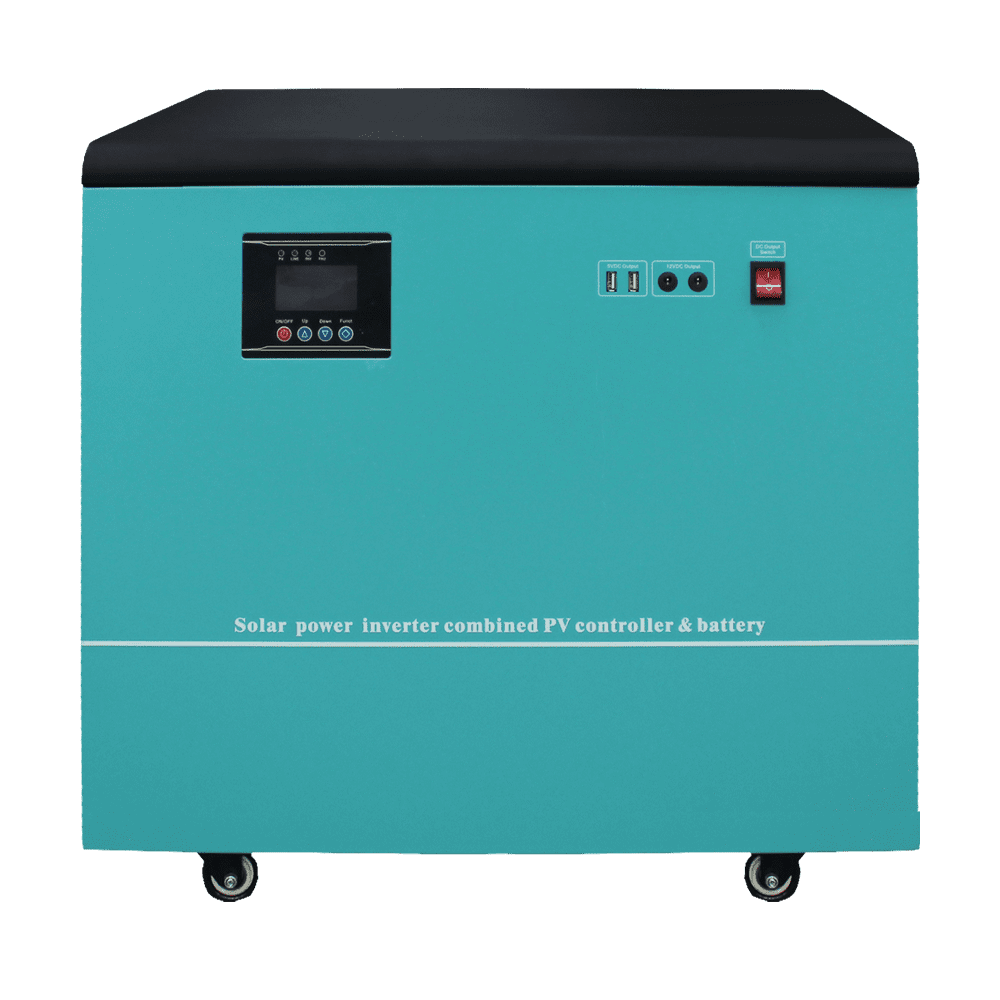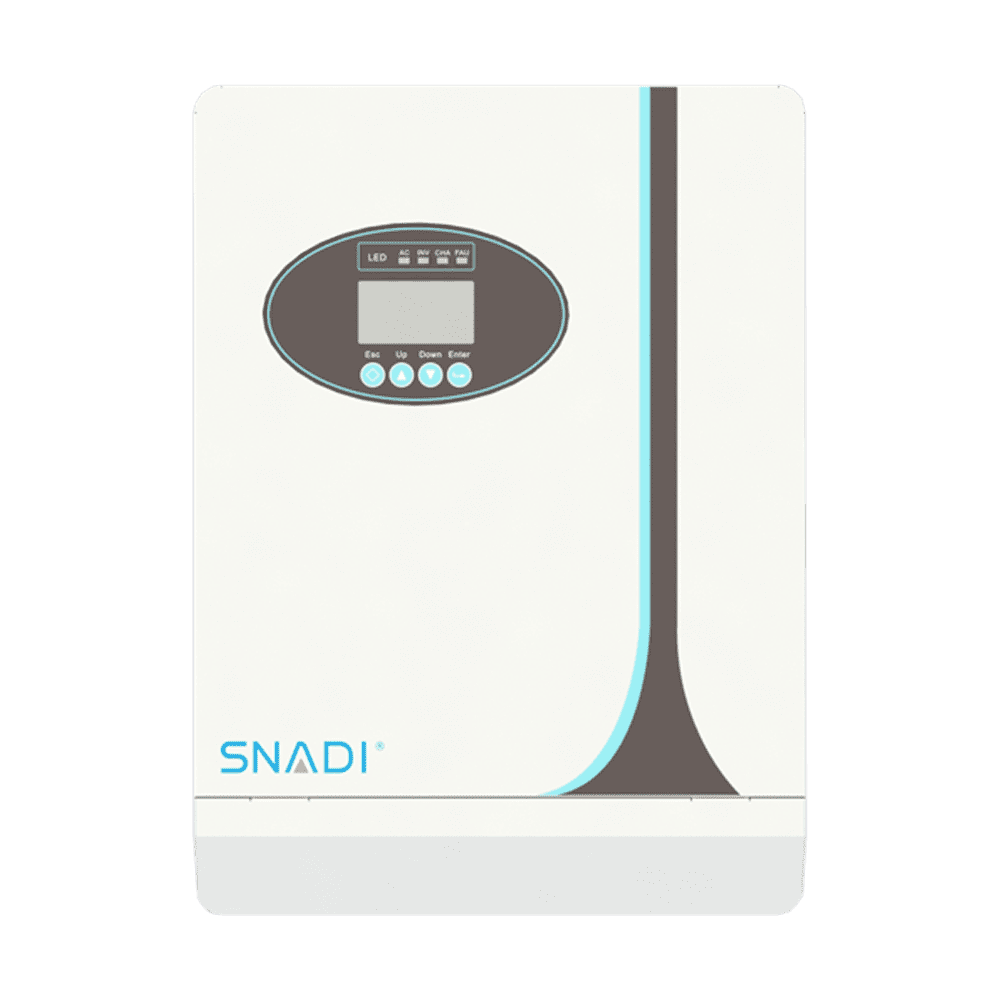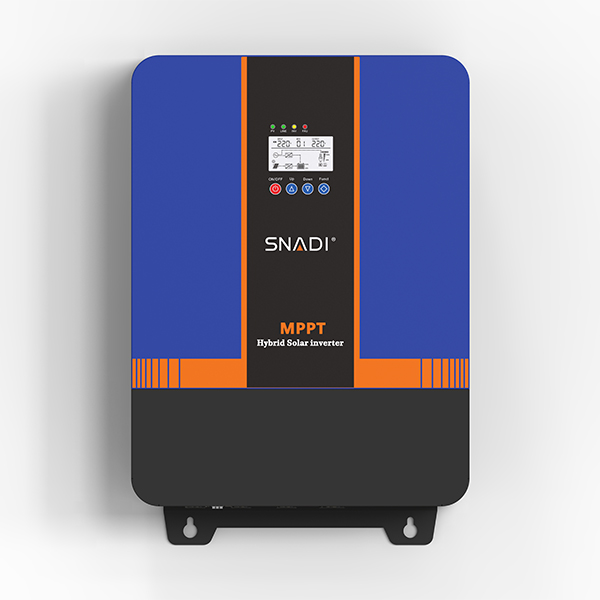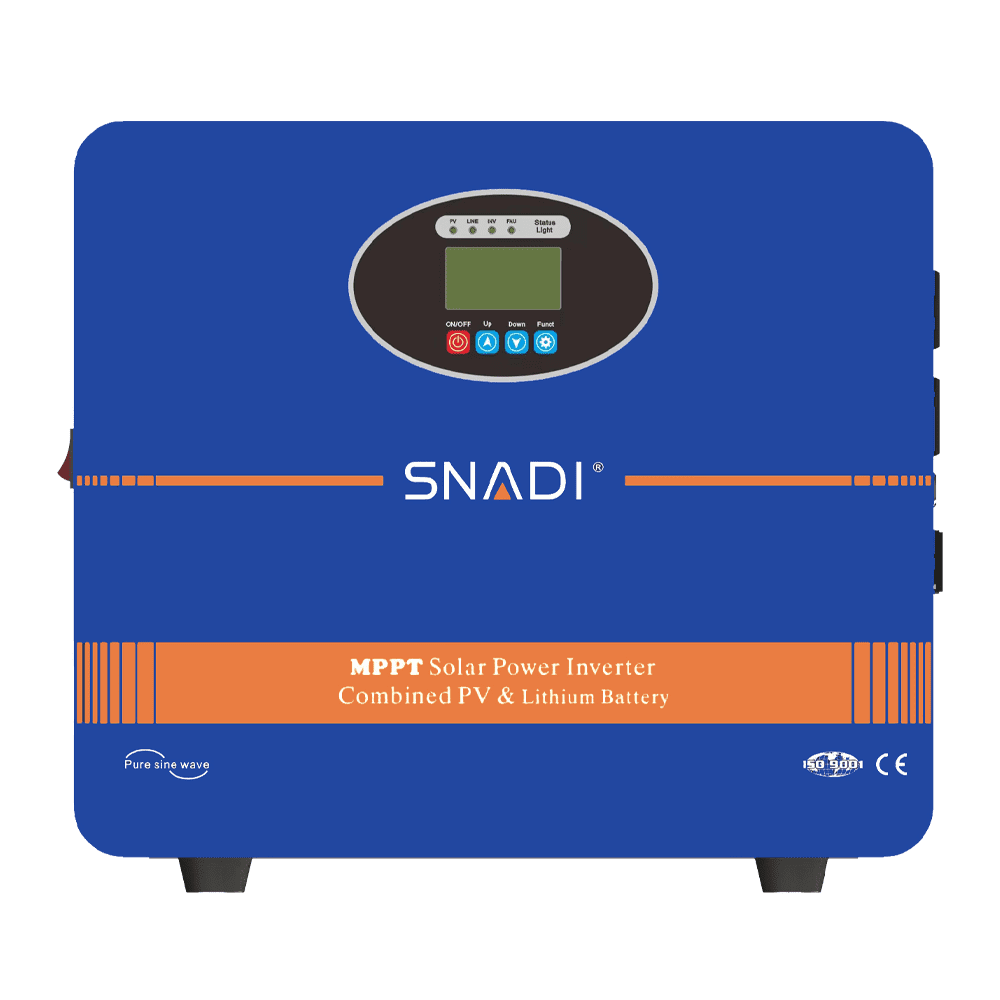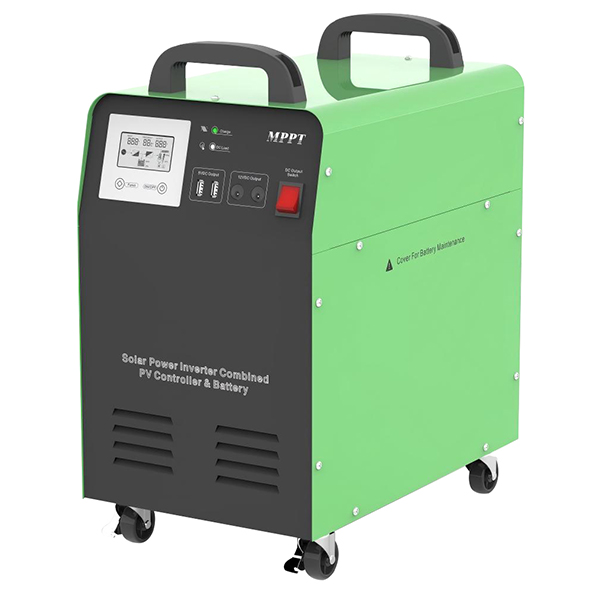Harnessing solar energy has become a pivotal aspect of modern sustainable living, with the all-in-one solar power system standing at the forefront of this green revolution. This integrated energy solution, also known as the all-in-one solar system, is gaining traction among environmentally conscious homeowners and businesses alike. In this comprehensive guide, we will explore what an all-in-one solar power system is, its components, and the multitude of benefits it offers, including those provided by leading brands like SNADI.
What Is An All-In-One Solar Power System?
An all-in-one solar power system, alternatively known as an integrated solar solution, consolidates the full suite of components necessary for solar energy generation, storage, and management into a unified product. This system contrasts with conventional solar setups, which separately install solar panels, inverters, and batteries. The all-in-one design streamlines both the installation process and ongoing system management, epitomized by innovative models like the SNADI all-in-one solar generator.
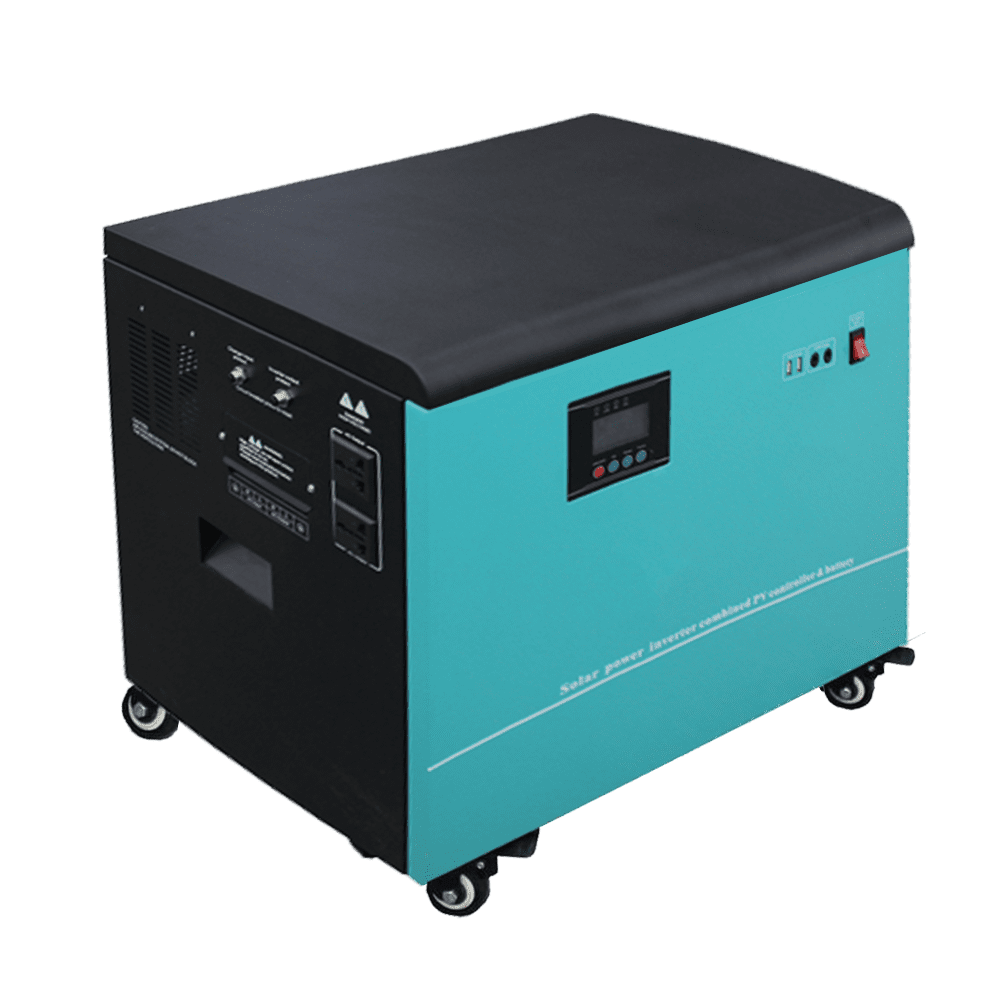
All In One Solar Power Generator
Key Components Of An All-In-One Solar Panel System
When delving into the specifics of an all-in-one solar panel system, it's essential to understand the integral parts that make up this sophisticated energy solution. The system typically includes:
Solar Panels: These capture sunlight and convert it into electricity through the photovoltaic effect.
Inverter: An inverter converts the direct current (DC) electricity generated by the solar panels into alternating current (AC) electricity that may be utilized to power your house.
Battery Storage: Some all-in-one systems have built-in battery storage, which allows surplus energy generated during the day to be stored and used at night or during power outages.
Monitoring System: Most all-in-one systems come with a monitoring system that allows homeowners to track energy production and consumption in real time through a smartphone app or a web portal.
Backup Generator (Optional): Some advanced all-in-one systems may include a backup generator that can be used in the event of prolonged power outages or if the battery is depleted.
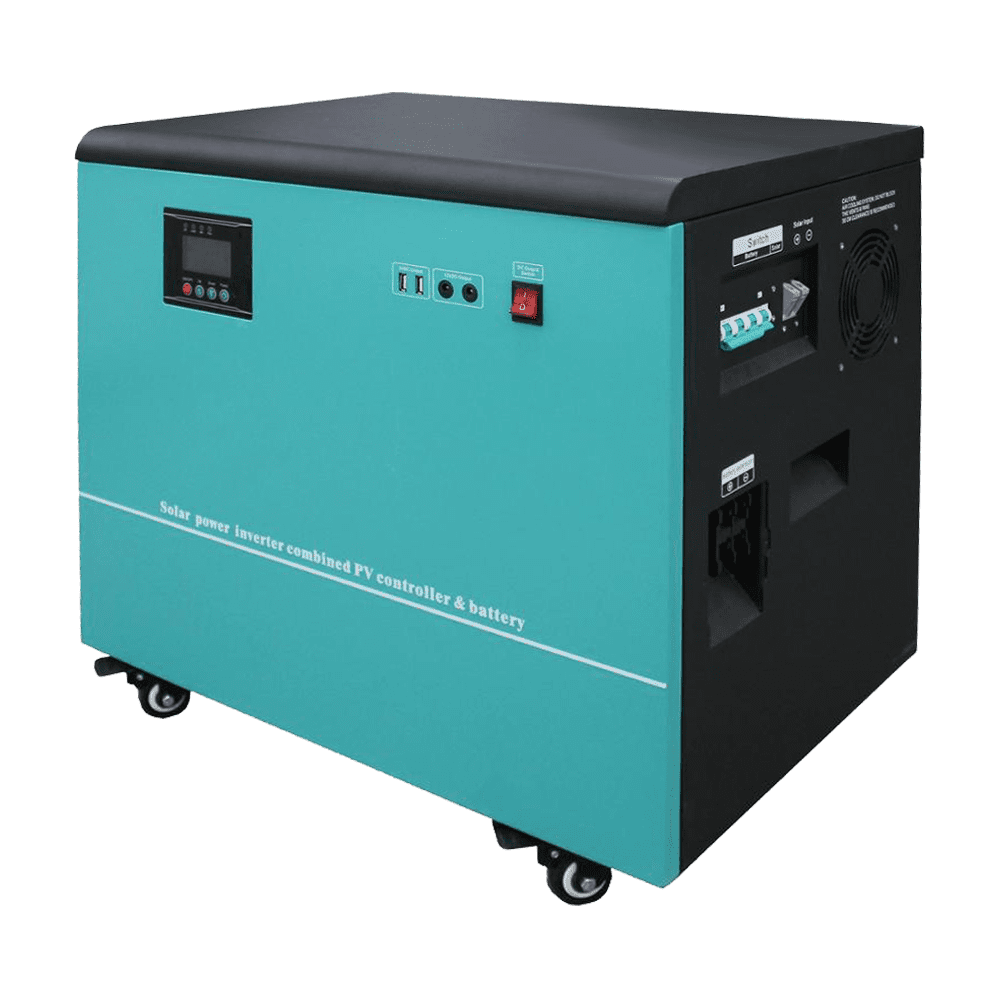
All In One Solar Energy System
Advantages of Integrating an All-In-One Solar Power System
The adoption of an all-in-one solar power system comes with a myriad of advantages that can be transformative for both households and the environment. The most notable benefits include:
Energy Independence and Reliability: All-in-one solar systems provide a level of energy independence that traditional systems cannot match. Homeowners may utilize integrated battery storage to store extra energy generated during the day and use it at night or during power shortages.
Cost Savings And Return On Investment: While the initial cost of an all-in-one solar system may be more than that of standard installations, it frequently results in significant long-term savings. Homeowners can considerably cut or even eliminate their power bills over time by generating their own electricity and perhaps selling excess energy back to the grid via net metering schemes.
Reduced Environmental Impact: All-in-one solar systems are inherently eco-friendly. By harnessing the power of the sun to generate electricity, they reduce reliance on fossil fuels, thereby lowering greenhouse gas emissions and mitigating climate change. They also help to reduce air and water pollution caused by traditional energy sources.
Space Efficiency: Traditional solar systems require ample rooftop space to accommodate both solar panels and separate storage units. All-in-one systems are built to save space, making them ideal for houses with limited roof space. This function is especially useful in metropolitan settings or in homes with complicated roof layouts.
Flexibility and Scalability: While integrated systems come as a single package, they can still be scalable. As their energy demands rise, homeowners may frequently add more solar panels or extend their battery storage capacity. This scalability enables homeowners to adjust their systems to changing needs.
Conclusion
The all-in-one solar power system is a huge step forward in the realm of renewable energy. It offers a convenient and space-efficient solution for homeowners looking to harness the power of the sun while reducing their environmental footprint. If you are looking for an all-in-one solar system, SNADI is your good choice. Please consider us and contact us for more product details!
FAQs
FAQ 1: How does an all-in-one solar power system work?
Answer: An all-in-one solar power system is a comprehensive energy solution that combines high-efficiency solar panels, a state-of-the-art inverter, integrated battery storage, and a smart monitoring system into a single package. The solar panels convert sunlight into electrical energy, which is then inverted from direct current (DC) to alternating current (AC) for use in your home. Excess energy produced can be stored in the battery for use at night or during power outages. Real-time energy monitoring is provided through an app or web-based interface, giving users full control over their energy production and consumption.
FAQ 2: What are the cost benefits of installing an all-in-one solar power system?
Answer: While the initial investment for an all-in-one solar power system may be higher compared to traditional power sources, it offers significant cost benefits over time. Homeowners can reduce or even eliminate their electricity bills, and in some cases, earn money by selling excess power back to the grid through net metering. Additionally, solar power systems are associated with low maintenance costs and may increase the property value of your home. The combination of these factors can lead to a rapid return on investment, making solar systems a financially savvy choice in the long run.
FAQ 3: Are all-in-one solar power systems environmentally friendly?
Answer: Yes, all-in-one solar power systems are an environmentally friendly alternative to conventional energy sources. They harness clean, renewable energy from the sun, which reduces dependence on fossil fuels and helps lower carbon emissions and other pollutants. By decreasing the carbon footprint of your household, you contribute to the fight against climate change and promote environmental sustainability.



